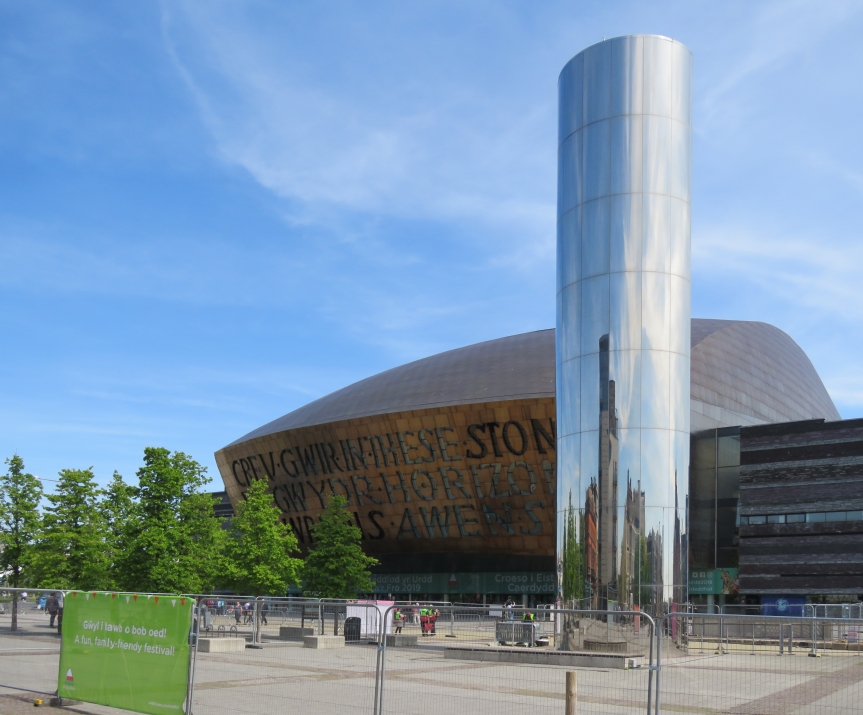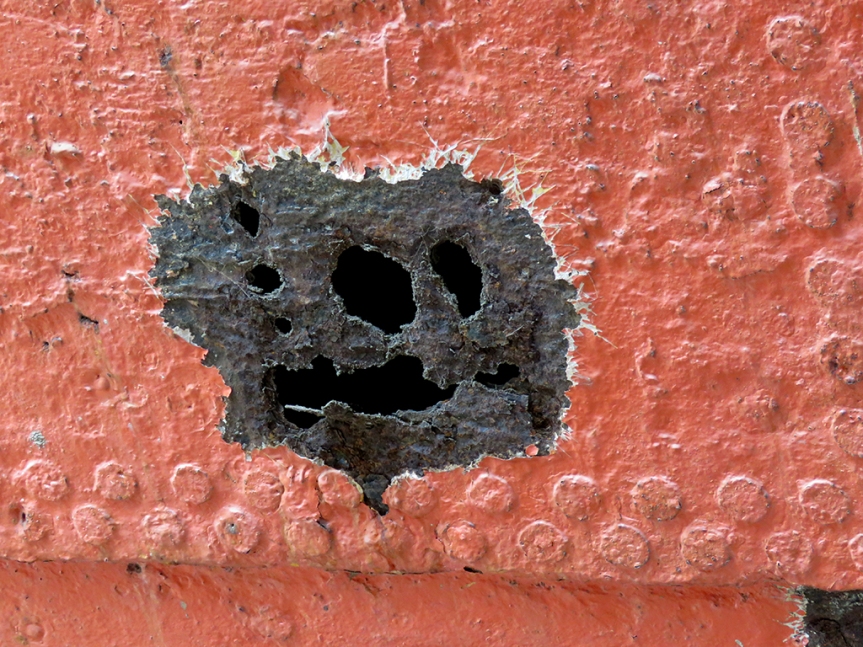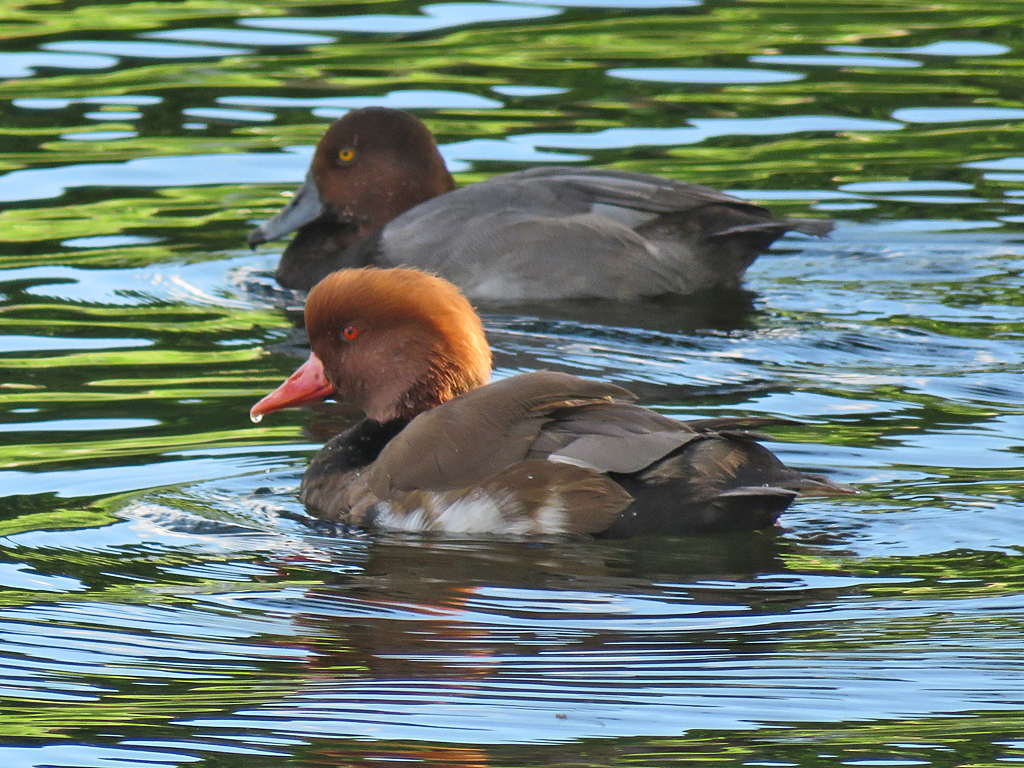Posted July 5, 2019
May 15, 2019
My first proper “birding day” was about 1/2 the day spent at a reservoir called Chew Valley Lake [map]. I had a chance to scout it out briefly on the way back from one of our previous day’s adventures, and it looked promising.

Chew Valley Lake is named as a premiere birding spot in several places online, and it did not disappoint. The species diversity was high and added a sizable amount to my life list, as you might imagine.
The lake fills part of Chew Valley, forming a reservoir that provides much of the drinking water for Bristol and nearby locales.

The morning started off cold, with temperatures around 40 degrees Fahrenheit (4.5 Celsius), but the sun warmed things up nicely as the day progressed. I walked along the dam first, but there was no public access around the west side of the lake from there.

There are well defined trails and paths around the lake and adjacent woodland, some with boardwalks, and a couple of wildlife blinds to make access to some of the shier birds a little easier. Unfortunately, this did not keep the Tufted Ducks from being skittish. I was unable to get any photographs even though I had targeted this species before leaving for the trip.

Although the Tufted Ducks may have been skittish, other water birds were not. I saw several Great Crested Grebes, a few Common Shelducks, and several dozen Eurasian Coots. There were also plenty of Mallards, Canada Geese, and a pair of Mute Swans.

The southern eastern and southern edges of the lake have areas of thick reeds and some scrub vegetation. There areas had active and vocal birds, like Reed Warblers, Eurasian Wrens, and Reed Buntings.

The Eurasian Wrens have a loud song, for their size. The song is very reminiscent of a Song Sparrow here in North America, so it was confusing at times to orient my ears to what kind of bird I should be looking at.

Similarly, the Eurasian Blackcaps and European Robins have some sounds in common and have thrush-like calls, which was confusing as there were typically Eurasian Blackbirds nearby.

Eurasian coots were scattered out all over the lake close to the shore. I wondered if they form large rafts during the winter, like American coots do. Eurasian Coots are smaller and a bit more streamlined.

Near one of the wildlife blinds, I heard a prolonged and rollicking song in the understory, and spent many minutes trying to get eyes on the bird. I managed a sound recording to use later for identification, but soon after the bird finally did pop into view. Many of the various warblers that live in these habitats are similar looking, and as they are all new to me, I thought having that recording along with my visual would help me nail it down.
According to descriptions of Melodious Warbler songs, “my” bird fit the bill (haha). It is said to have a prolonged song with many doublets and repeated phrases, similar to a Northern Mockingbird. Its song also has elements that sound like House Sparrows. To my ear, this is what I heard and recorded. I duly noted the (rare) bird on my eBird app and continued on.
I reached the end of the trail on the east side of the lake, where the woods abutted some agricultural land. I spooked a large raptor that I couldn’t identify, and then watched as a Eurasian Treecreeper worked its way up a few trees. All the while, more wrens, blackcaps, blackbirds, and robins were singing. I doubled back along the east side of the lake on a more wooded path running parallel to the way I came, which kept me out of the sun. Even 18 degrees Celsius (65 Fahrenheit) can feel hot after a few hours of hiking.

I made my way back around to the north side of the lake. My intention was to relocate the Tufted Ducks and perhaps catch a Common Merganser or two near the dam. I did manage to flush out a couple of Common Sandpipers and Shelducks as I approached the spillway.

A few finch-like birds were singing and flying among the small trees alongside it. It took some sleuthing and confirming later that evening, but managed to identify both as immature males, one a Eurasian Linnet and the other a Black Redstart.

g

By this point I was nearing the end of my morning and ready to meet up with my wife and Ruth who had been visiting shops and sites back in Bristol. By the trail head near the dam, I waited at a higher, wooded spot and watched a few European Goldfinches dart in and out of the trees, nearby.

I walked a total of about 9 km (about 5.5 miles) and had nearly run out of water as my ride showed up and we rode back to Bristol. My species count was 37, and you can see my eBird list below.
https://ebird.org/view/checklist/S56302558

Addendum
Astute readers will see that my eBird list has only 36 species. After arriving back home in the States, I received an email from an eBird reviewer in the UK, asking about my Melodious Warbler identification. I had posted my sound recording as supporting material. He said my recording was a Reed Warbler and would I please change my list. I have done so, but solely on the idea that a local birder would/should know more and have more experience with the birds I saw and heard. But I’ll link to the sound file below, and if any experienced UK birders can confirm or question the current identification as a Reed Warbler, I’d love to hear from you.
































































































































